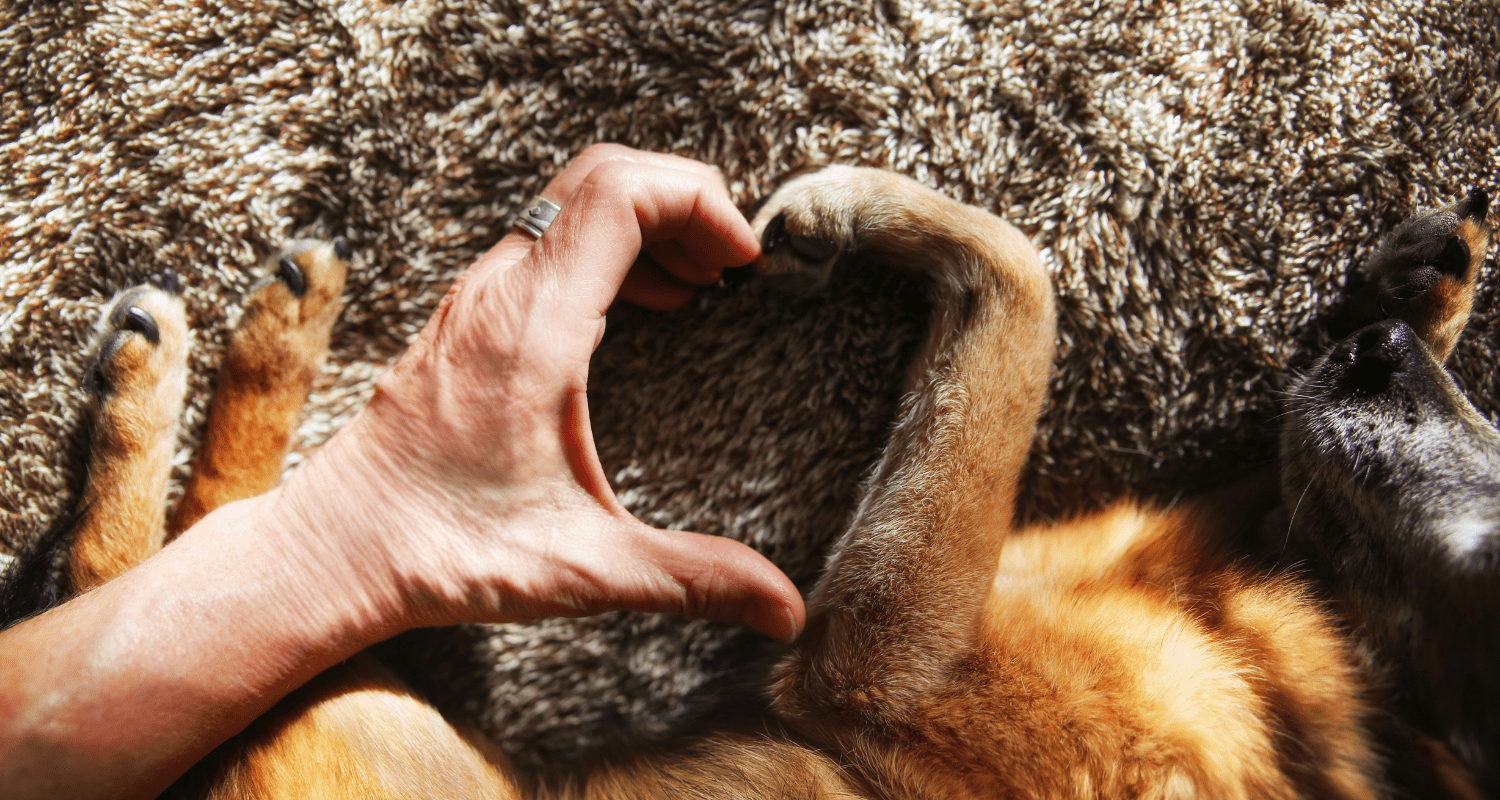Dogs are remarkable creatures with their own unique ways of communicating. From the wag of their tail to the tilt of their head, every mannerism tells a story about how they're feeling and what they need from us as their human companions. In this blog post, we'll delve into the fascinating world of dog mannerisms and explore how you can better understand and interpret your furry friend's behaviour.
The Language of Tail Wagging
One of the most well-known dog mannerisms is tail wagging, but did you know that not all tail wags are created equal? A slow, relaxed wag often indicates contentment and relaxation, while a fast, stiff wag may signify excitement or agitation. Pay attention to the position of your dog's tail too – a high, wagging tail suggests confidence, while a tucked tail signals fear or submission.
Ears Tell Tales
Dogs' ears are incredibly expressive and can give valuable insight into their emotions. Erect ears indicate attentiveness or curiosity, while flattened ears may signify fear or aggression. Watch for subtle changes in ear position, such as slight twitching or rotation, which can provide clues about your dog's mood and intentions.
The Power of Body Language
Just like humans, dogs use body language to convey their feelings and intentions. A relaxed, loose stance suggests comfort and ease, while a tense, stiff posture may indicate discomfort or defensiveness. Pay attention to subtle cues like lip licking, yawning, or paw lifting, which can indicate stress or anxiety.
Facial Expressions Speak Volumes
While dogs may not have the same range of facial expressions as humans, they can still convey a wealth of information through their expressions. A relaxed, open mouth with a slightly lolling tongue suggests contentment, while a closed mouth and furrowed brow may indicate tension or concern. Watch for signs of relaxation, such as soft eyes and a relaxed jaw, versus signs of stress, such as wide eyes and a wrinkled forehead.
Tailoring Your Response
Understanding your dog's mannerisms is not just about decoding their behaviour – it's also about responding appropriately to their needs. By learning to recognise and interpret your dog's signals, you can better meet their needs and strengthen your bond with them. Whether it's providing reassurance during moments of fear or engaging in play when they're feeling energetic, responding to your dog's mannerisms with empathy and understanding is key to building a harmonious relationship.
In conclusion, understanding your dog's mannerisms is essential for effective communication and building a strong bond with your furry friend. By paying attention to their tail wags, ear positions, body language, and facial expressions, you can gain valuable insight into their emotions and needs. So take the time to observe and learn from your dog's behaviour – you'll be amazed at how much they have to say when you know how to listen.





Leave a comment
This site is protected by hCaptcha and the hCaptcha Privacy Policy and Terms of Service apply.